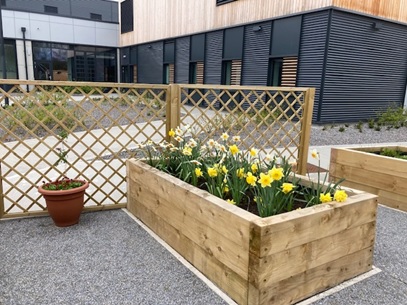
Gardens and outdoor spaces are crucial to the design of therapeutic healthcare settings
Twenty years ago, a research paper by Roger Ulrich showed that the provision of gardens and outdoor spaces on hospital estates had a proven positive impact on patients, staff, and visitors.
His research provided the evidence base that access to outdoor spaces and views of nature has a direct impact on reported outcomes, including patients needing less medication and recovering more quickly.
It is also known to improve staff wellbeing and retention and helps to reduce stress levels and improve wayfinding and orientation among visitors.
This research led to a change in the way we design healthcare facilities, with a focus on providing accessible and therapeutic green spaces.
And this has become even more critical over the last two years as the world, and the health sector in particular, struggles with the impact of the COVID-19 pandemic.
Wellbeing and recovery
Jeremy Parker of landscape architects, FIRA, said: “Hospitals are very-stressful environments for many patients, staff, and visitors, especially in large sites.
“But many studies, and Fira’s own research on the connection between outdoor landscape and wellbeing, have revealed that contact with nature can positively contribute to patient recovery.”
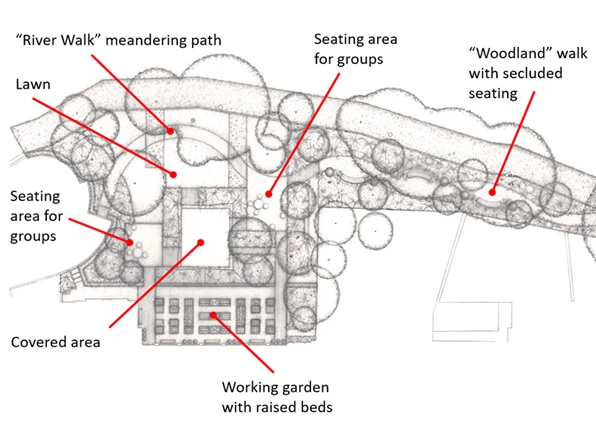
David Kamp, founding principal of Dirtworks, adds: “I believe that building a connection with nature is essential to health and wellbeing – to help reduce stress and depression, encourage social connections, provide respite, and strengthen a sense of self and belonging.”
But, says Parker, there is a misconception that external spaces need to be large.
He told hdm: “Most healthcare estates do not have this luxury.
“Opportunities for landscape interventions can be utilised wherever possible.”
Sensitive design
Kamp adds: “Sensitive, adaptive, and innovative design need not require a lot of money. What it does require, though, is a lot of thought and dialogue.
I believe that building a connection with nature is essential to health and wellbeing – to help reduce stress and depression, encourage social connections, provide respite, and strengthen a sense of self and belonging
“It’s about understanding who you are designing for, celebrating the differences that make us unique, and developing an outdoor setting that welcomes everyone, regardless of capability.
“I have found that the simplest of spaces are often the most profound. For example, a window with a view, creating a place to pause for a moment’s respite; or a chair easily adjusted to offer a bit of sun or shade.
“Hospitals should be particularly mindful of the little spaces, the nooks easily overlooked, to offer opportunity and choice.”
And consulting with stakeholders is crucial to the success of projects, he said.
“Healthcare projects need a collaborative approach that explores cost-effective, flexible programming, and design opportunities for incorporating nature into challenging settings,” he says.
Opportunity and choice
“These opportunities must also balance the realities of operational demands and the complexities of infection control, medical protocols, and therapeutic regimens for individuals with diverse health needs.”
Sensitive, adaptive, and innovative design need not require a lot of money. What it does require, though, is a lot of thought and dialogue
Bowles and Wyer has worked on a number of hospital projects, with several delivered during the pandemic to increase access to fresh air and give staff and patients somewhere to unwind.
Chief executive, John Wyer, told hdm: “Hospitals are all about improving people’s health and wellbeing and we want to demonstrate the really-important role that landscape can play in that.
“Above all, we want people to feel they are in a garden – to take a deep breath, relax, and to feel some interaction with the natural world.”
The Royal Horticultural Society (RHS) is currently building its first NHS Healing Garden at University Hospital Lewisham.
Designed by Adam Frost, the garden provides a 24/7 wellbeing and respite space for NHS staff and the wider hospital community and will feature active growing spaces which staff and supporters will be able to manage for years to come.
And it is this hands-on involvement with nature that can have some of the biggest positive outcomes.
Healthcare projects need a collaborative approach that explores cost-effective, flexible programming, and design opportunities for incorporating nature into challenging settings
Badenoch and Strathspey Therapy Gardens provides social and therapeutic horticultural activities in the grounds of a community hospital in Aviemore in the Highlands of Scotland.
Accessible to all
Director, Mary Stewart, said: “Gardening is an activity which can be easily graded from sitting outside in green space experiencing the sensory effects of your surroundings, to actually digging and getting your hands dirty or walking around flower and vegetable beds.
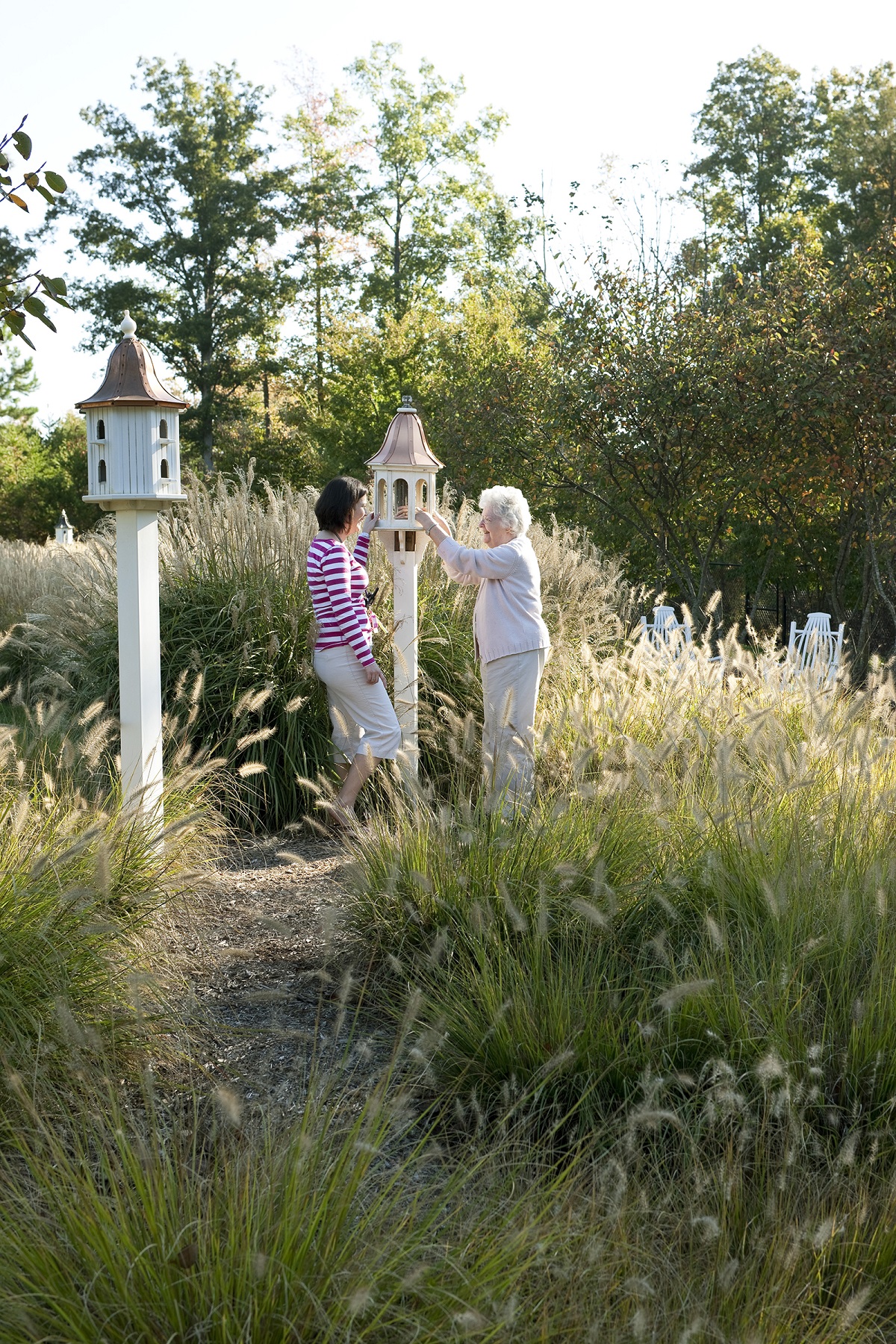
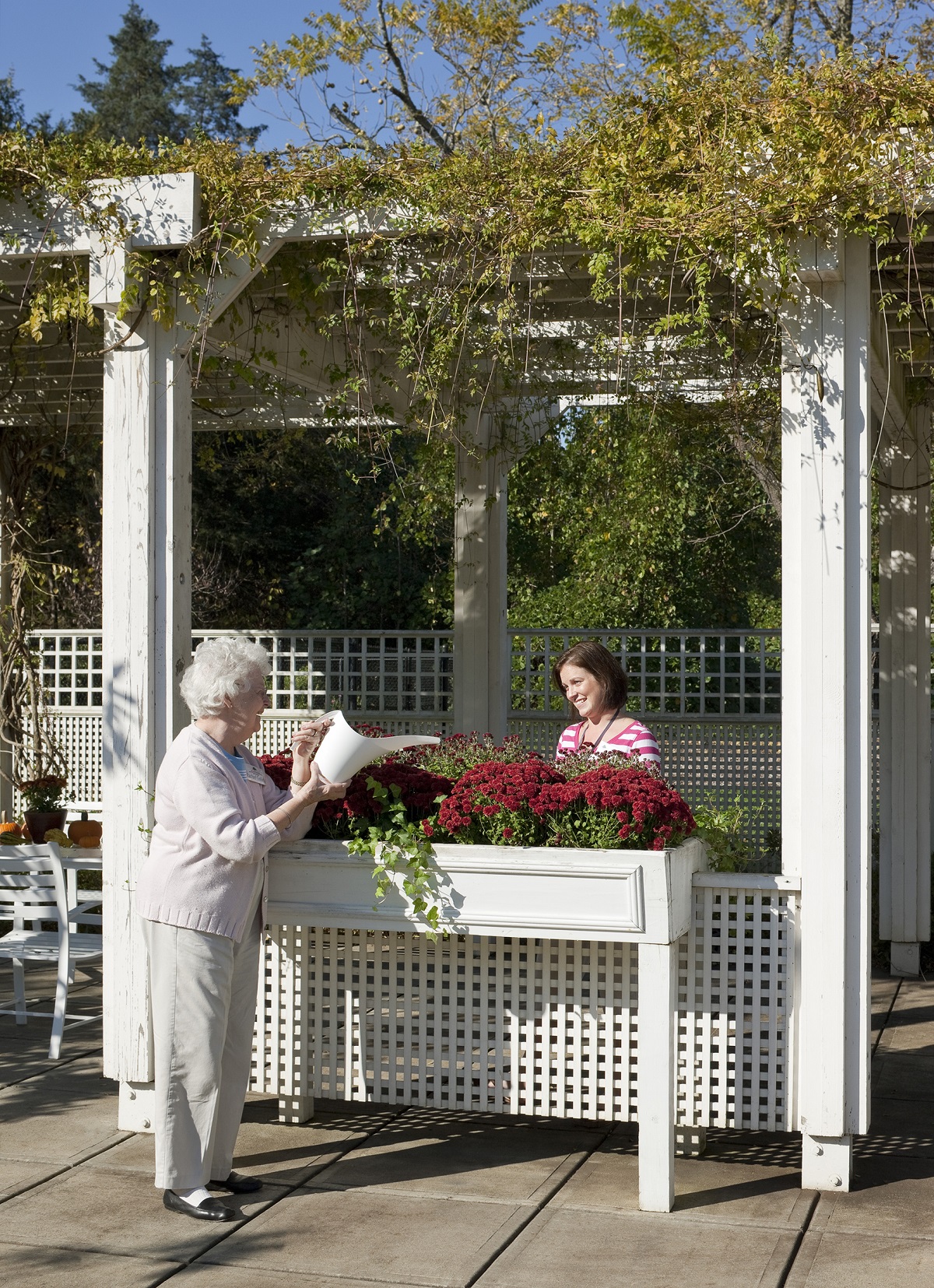
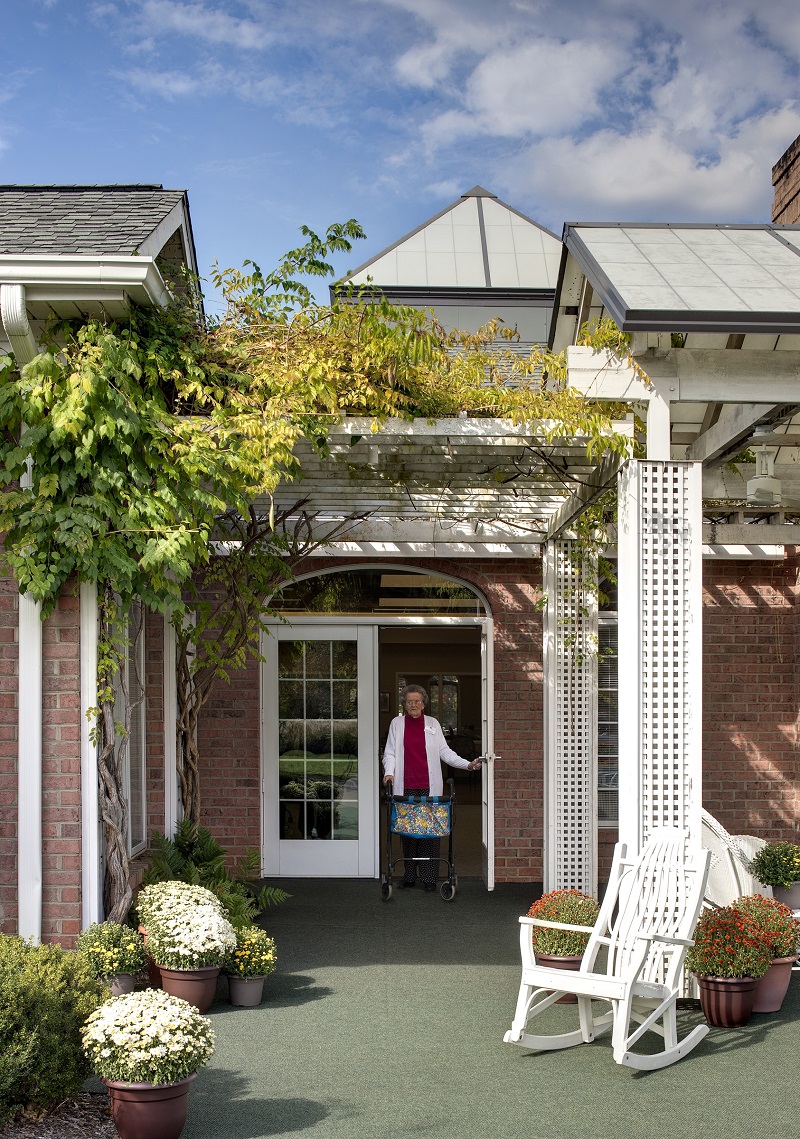
“Healthcare professions such as occupational therapists and physiotherapists can use a garden or garden space as an extention to their treatment interventions.”
Landscapers can have lovely designs and ideas, but sometimes these are not appropriate for people with disabilities, or do not lend themselves to interactive treatment areas
For a scheme to be successful she advises making sure spaces are accessible for all, with different-height growing beds and the inclusion of seating areas close to sensory plants.
Water features and interactive areas are also important.
“Landscapers can have lovely designs and ideas, but sometimes these are not appropriate for people with disabilities, or do not lend themselves to interactive treatment areas,” she says.
“Early involvement with people who already have experience of such designs is very important.
“There are many charities who work with people who have disabilities who can offer suggestions and areas of good practice.”